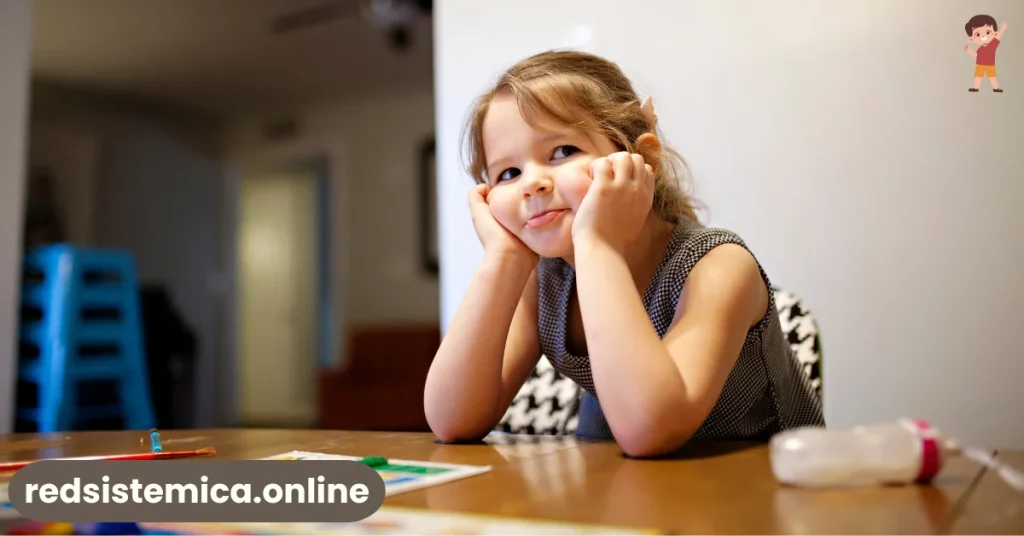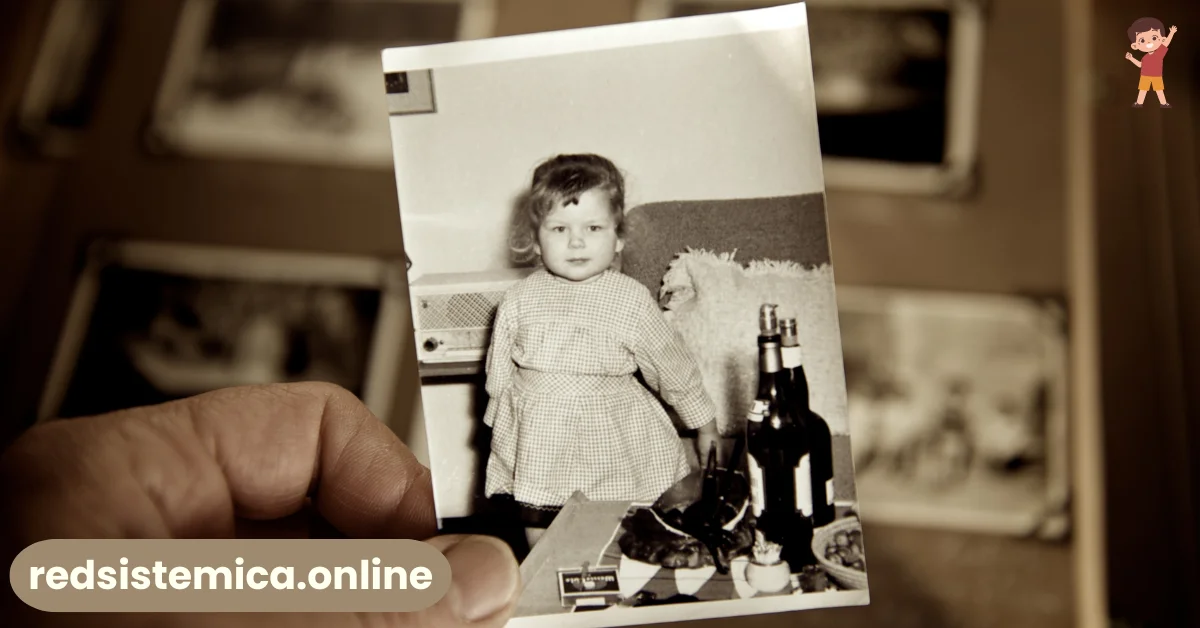1. Introduction
Childhood emotional wounds are painful experiences that, when left unhealed, can leave deep scars in adulthood. These wounds originate from traumatic events or difficult relationships during the early years of life and can influence the way a person relates to themselves and others. In this article, we will explore the different types of emotional wounds, their causes, how to identify them in adulthood, and strategies for healing them. In addition, we will discuss the importance of prevention and offer helpful resources for those seeking to overcome these wounds.

2. Types of Emotional Wounds
2.1 Rejection
Rejection is one of the deepest wounds that can be experienced in childhood. This type of wound occurs when a child feels unwanted or unaccepted by his or her family or social environment, which can lead to self-esteem problems and fear of abandonment in adulthood.
2.2 Abandonment
Abandonment refers to the feeling of being alone or unprotected, often as a result of a lack of emotional support from caregivers. This wound can manifest in adulthood as a constant need for approval and fear of loneliness.
2.3 Humiliation
Humiliation is the result of being treated in a degrading or disrespectful manner, which can lead to feelings of shame and low self-esteem. People who have suffered this injury may struggle with self-worth and self-acceptance.
2.4 Betrayal
Betrayal occurs when someone a child trusts lets them down or deceives them. This can lead to trust issues in adult relationships and a constant fear of being betrayed again.
2.5 Injustice
The wound of injustice arises when a child feels that he or she has been treated unequally or unfairly. This can result in extreme perfectionism or a constant feeling of discontent in adulthood.
3. Common Causes of Emotional Wounds in Childhood
3.1 Family relationships
Dysfunctional or conflictual relationships within the family are one of the main sources of emotional wounds. Lack of communication, abuse or neglect can leave lasting marks on a child.
3.2 School environment
Bullying, lack of support from teachers, or excessive academic pressure are factors that can contribute to the development of emotional wounds during childhood.
3.3 Traumas and negative experiences
Traumatic events such as the loss of a loved one, accidents, or serious illnesses can leave deep emotional wounds if not processed properly.
3.4 Lack of emotional support
The absence of a strong support system during childhood, whether through the absence of parents, caregivers, or support figures, can prevent a child from developing healthy coping mechanisms for stress and difficulties.
4. How to Identify Emotional Wounds in Adulthood
4.1 Common signs and symptoms
Emotional wounds from childhood can manifest in adulthood through various symptoms, such as anxiety, depression, self-esteem problems, and difficulties in interpersonal relationships. Recognizing these symptoms is the first step toward healing.
4.2 Self-assessment and personal recognition
Conducting an honest self-assessment can help identify unresolved emotional wounds. Asking about recurring emotions and behavioral patterns is crucial to understanding the origin of these wounds.
4.3 Impact on interpersonal relationships
Emotional wounds often affect the way a person relates to others. Trust issues, fear of abandonment, and difficulty setting healthy boundaries are indicative of unhealed wounds.
5. Consequences of Unhealed Emotional Wounds
5.1 Self-esteem issues
Low self-esteem is one of the most common consequences of unhealed emotional wounds. People may feel inadequate or unworthy of love and success.
5.2 Difficulties in building relationships
Emotional wounds can interfere with a person’s ability to form healthy, lasting relationships. Fear of betrayal or rejection can lead to avoidant or dependent behaviors.
5.3 Self-destructive behaviors
Unprocessed emotional pain often manifests in self-destructive behaviors such as addiction, self-sabotage, or toxic relationships.
5.4 Anxiety and depression
Unhealed emotional wounds can contribute to the development of mental health disorders such as anxiety and depression, affecting quality of life and overall well-being.
6. The Process of Healing Emotional Wounds
6.1 Acknowledgement and acceptance
The first step in healing is to acknowledge and accept emotional wounds. Denying or ignoring them only prolongs suffering and makes recovery more difficult.
6.2 Recommended therapies
Psychotherapy, cognitive behavioral therapy, and acceptance and commitment therapy are some of the most effective therapeutic modalities for treating childhood emotional wounds.

6.3 Self-care strategies
Self-care is essential to the healing process. Activities such as meditation, physical exercise, and setting healthy boundaries can promote emotional healing.
6.4 Importance of social support
Having a strong support system, whether through friends, family, or support groups, is crucial to recovery. Social support provides a safe space to express and process emotions.
9. Conclusion
In short, emotional wounds from childhood can have a lasting impact on adult life, but with proper recognition and healing tools, it is possible to overcome these scars and live a full and healthy life. It is critical to not only work on one’s own healing, but also take preventative measures to protect future generations from experiencing these wounds.

